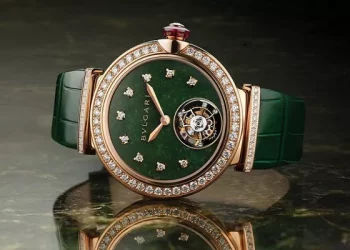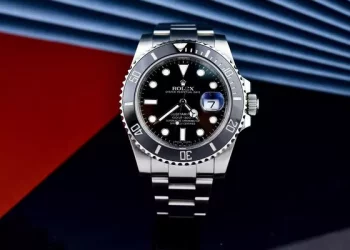Watches are an essential accessory for most people. They not only help us keep track of time but also add style to our personality. While shopping for watches, you may come across various types, but two of the most popular ones are mechanical and automatic watches. These two types of watches have significant differences that affect their accuracy, durability, and convenience. In this article, we will discuss the differences between mechanical and automatic watches.
Mechanical watches have been around for centuries and have a rich history. They are powered by a mainspring that is wound by hand, usually through the crown. The mainspring then transfers energy to the watch‘s gears, which move the hands to indicate the time. The watch’s accuracy is affected by various factors, including the wearer’s movements and the watch’s condition.
One of the main benefits of mechanical watches is their reliability. They do not rely on batteries, which can die unexpectedly, and can be wound manually at any time. Additionally, mechanical watches often have intricate designs and a classic appeal that many people find attractive.
However, mechanical watches do require regular maintenance to ensure their accuracy and longevity. They also need to be wound regularly, which can be a hassle for some wearers. Furthermore, they are generally more expensive than other types of watches, making them a luxury item for many people.
Automatic watches, also known as self-winding watches, are a modern innovation that uses the wearer’s movements to power the watch. They have a rotor that moves with the wearer’s wrist movements, which then winds the mainspring. This allows the watch to run continuously without requiring manual winding.
One of the significant benefits of automatic watches is their convenience. They do not require manual winding, which makes them an excellent option for people who don’t want to hassle with winding their watch regularly. Additionally, they are generally more accurate than mechanical watches, as they are not affected by the wearer’s movements.
However, automatic watches do have some downsides. They rely on the wearer’s movements, which means that they can stop running if the wearer does not move enough. Additionally, they require regular servicing to ensure their accuracy and longevity. Lastly, they are generally more expensive than quartz watches, which use batteries to power their movement.
In conclusion, the primary difference between mechanical and automatic watches is the power source. Mechanical watches are powered by a manually wound mainspring, while automatic watches are powered by the wearer’s movements. Mechanical watches are reliable, but require regular winding and maintenance, while automatic watches are convenient but can be less reliable if not worn regularly. Both types of watches have their benefits and drawbacks, and it ultimately comes down to personal preference when choosing between them.












































